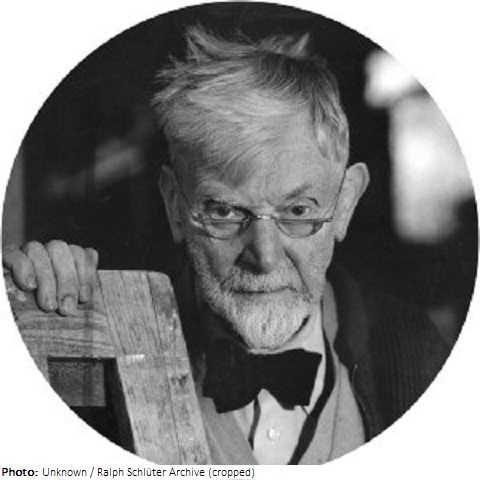Alfred Lörcher

Biographical information
| Roles | Competed in Olympic Games (non-medal events) |
|---|---|
| Sex | Male |
| Full name | Alfred•Lörcher |
| Used name | Alfred•Lörcher |
| Born | 30 July 1875 in Stuttgart, Baden-Württemberg (GER) |
| Died | 26 March 1962 in Stuttgart, Baden-Württemberg (GER) |
| NOC |  Germany Germany |
| Nationality |  West Germany West Germany |
Biography
Alfred Lörcher did an apprenticeship in a bronze foundry before attending the School of Arts and Crafts in Karlsruhe, the Arts and Crafts Workshop in Kaiserslautern and, from 1902, the Academy of Fine Arts in München. After graduating, he settled in Stuttgart as a freelance artist. On a trip to Italy in 1905 he became acquainted with archaic and Etruscan sculpture, which he incorporated into his works. Before World War I Lörcher lived in Berlin, where he further simplified his forms. He then survived the war as a medic. In the 1930s he began to depict movements and later situations. In 1919 he had been appointed professor at the Stuttgart School of Arts and Crafts and in 1938 changed over to the Stuttgart Academy as a teacher.
His work created after World War II, in which Lörcher showed people in relation to their environment, mostly as small sculptures or reliefs, is considered his most important artistic phase. Thematically, his submitted sculpture Swimming Team corresponds to the Three Swimmers at the Start (dark patinated bronze, 7.5 x 17.5 x 19 cm). This small sculpture, however, was dated 1957.
Results
| Games | Discipline (Sport) / Event | NOC / Team | Pos | Medal | Nationality | As | |
|---|---|---|---|---|---|---|---|
| 1952 Summer Olympics | Art Competitions |  GER GER |
 FRG FRG |
Alfred Lörcher | |||
| Sculpturing, Open (Olympic (non-medal)) |